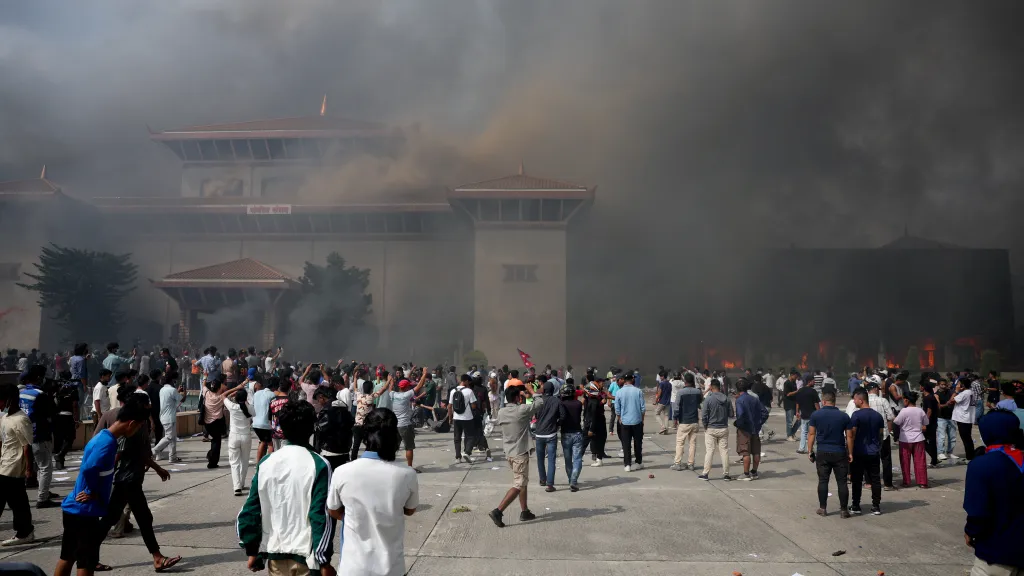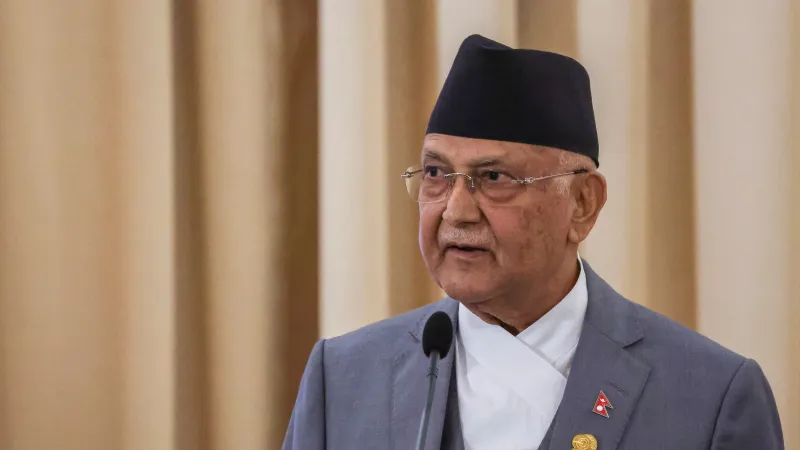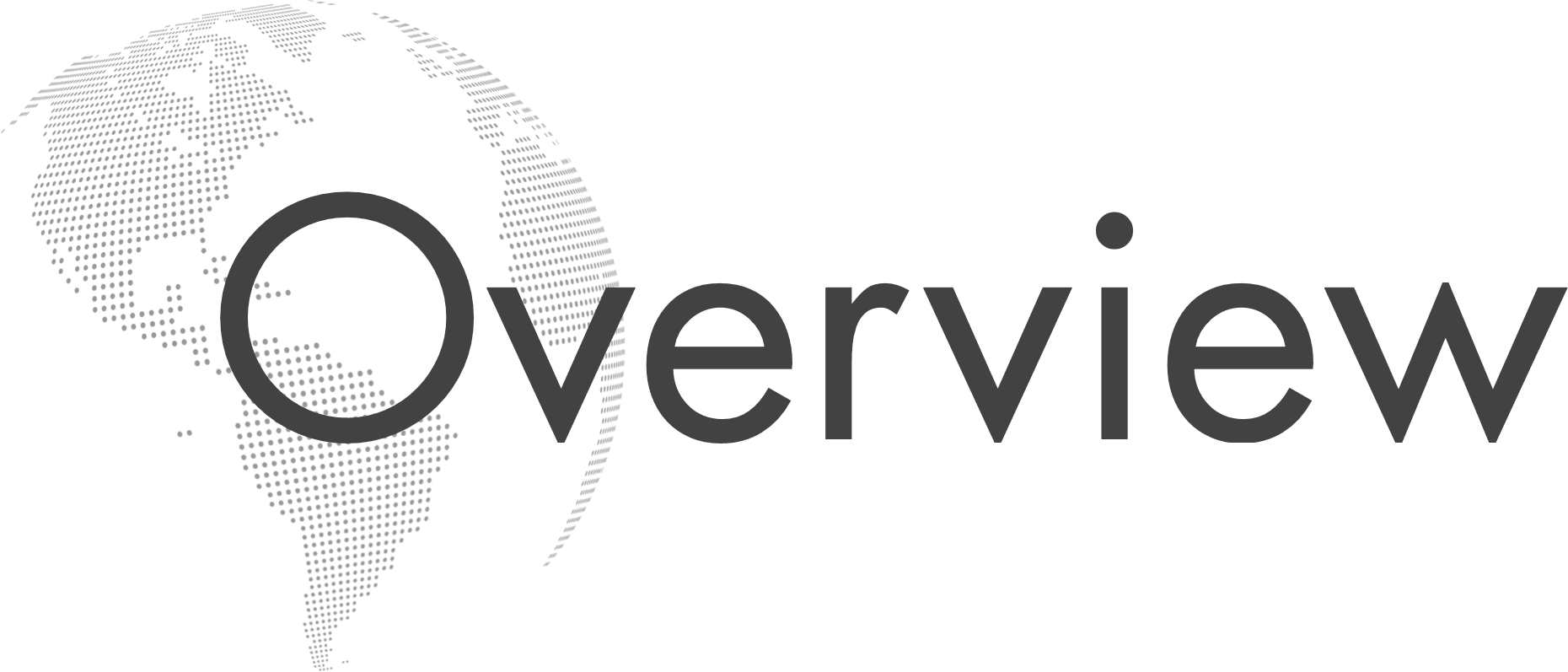
Nepal's government on Tuesday reversed its decision last week to block more than two dozen social media platforms in the country, news agencies reported. It came just a day after mass demonstrations by mostly young people against the ban and government corruption left 19 dead and hundreds injured. But the cabinet's move failed to bring calm to the country, and Prime Minister Khadka Prasad Oli resigned in response to the ongoing protests. Protesters set fire to the parliament building, according to AFP.
"We have lifted the social media shutdown. They are now operational," Communications and Information Technology Minister Prithvi Subba Gurung told Reuters, adding that all affected apps were available in Nepal on Tuesday morning.
Authorities also imposed an indefinite curfew in the Kathmandu area to prevent further violent protests, a move that came after protesters called for condolence rallies to honor the victims of Monday's protests.
Despite this, crowds of people took to the streets again on Tuesday, and the homes of leading politicians were set on fire. The BBC News server writes that the targets of the demonstrators included the home of the Prime Minister, who resigned on Tuesday, and the headquarters of various political parties. The protesters also attacked the house of President Rama Chandra Paudel and the private residences of former Prime Minister Pushpa Kamal Dahal and the ministers of communications and the interior.
According to AFP, protesters also set fire to the parliament building. A picture from the scene posted on social media shows a crowd around the parliament and the building practically completely shrouded in smoke. A parliament spokesman confirmed to the agency that hundreds of people had stormed the premises and set fire to the main building.
The New York Times (NYT) reported that protesters had also set fire to the Supreme Court and a special anti-corruption court. “Protesters are setting fire to government buildings, police stations and politicians’ homes. The smoke is burning my eyes,” the NYT correspondent described the situation. Tuesday’s clashes with police have so far claimed at least two lives, according to BBC News.
Attacks on politicians
Current and former members of the government have also been targeted, with several cases highlighted by foreign media. One video shows Finance Minister Bishnu Paudel trying to escape his pursuers on the streets of the capital Kathmandu, who eventually catch up with him after a man kicks him to the ground.
The mob also beat up former Prime Minister Sher Bahadur Dauba and attacked his wife Rana, who is the Foreign Minister. The protesters broke into their house, damaged it, and briefly detained the couple. The former Prime Minister, who was injured, was later protected by soldiers.
The Prime Minister resigned.
Even before the news of the parliament fire, Reuters, citing the prime minister's adviser, reported that the prime minister had decided to resign. The 73-year-old politician wrote in his resignation letter that he had resigned from his post as of today (Tuesday) due to the unfavorable situation in the country of 30 million people. He wants to resign"to enable a political solution to the crisis."

At least three other ministers resigned in addition to the prime minister on Tuesday due to the tense situation. In a joint statement, the heads of the main security agencies, including the army, called for calm and political dialogue that would lead to a non-violent solution to the crisis.
Oli had earlier said he was saddened by the incidents of violence due to “infiltration from various selfish centres”. He added that the government would pay compensation to the families of the dead and provide free treatment to the injured. “A commission of inquiry will be set up within 15 days to ascertain the causes, assess the losses and suggest measures to prevent such incidents from happening in the future,” the prime minister had stressed in a previous statement.
According to AFP, the police fired live bullets
Nepalese police used tear gas and rubber bullets to disperse a crowd of several thousand people who tried to enter parliament in Kathmandu on Monday, according to media reports. AFP, citing media reports, said officers also fired live ammunition into the crowd. Monday's demonstrations left 19 dead and hundreds injured.
The protests, which have spread to other cities in Nepal, have been dubbed “Generation Z demonstrations” by organizers. According to Reuters, the protesters are mostly young people who accuse the government of not doing enough to fight corruption. They also criticize the cabinet for the lack of economic opportunities for young people. “I am here to protest against the massive corruption in our country,” one of the students told the AP on Tuesday, saying the situation is so bad that young people often see leaving the country as the only way out.
BBC News spoke to several other protesters who agreed that the fight against corruption was the main reason for the protests. According to one protester, corruption is most visible in the health and education sectors. Another demand is justice for the victims of Monday's police crackdown on protesters.
Many protesters are outraged by the affluence enjoyed by the children of politicians, even as most of the country's youth struggle to find work. The World Bank says unemployment among Nepalese youth was 20 percent last year. The Nepalese government estimates that more than 2,000 young people leave the country every day to find work in the Middle East or Southeast Asia, AP reports.
The Nepalese government last Thursday blocked access to 26 internet platforms, including Facebook and X, that had not registered with local authorities. The cabinet said the mandatory registration was aimed at combating abuse of the platforms and the spread of hate speech and fake news by social media users with fake identities.
Critics of the measures claim that the government is using authoritarian practices. In the weeks leading up to the ban, a campaign was spreading on social media criticizing alleged corruption and the lavish lifestyles of politicians' children.
